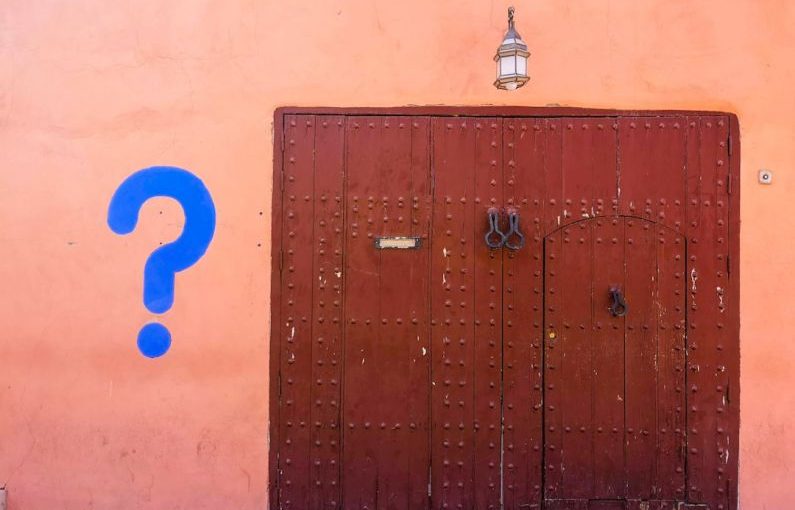Wood carving is a captivating and timeless art form that has been practiced for centuries. From intricate sculptures to functional objects, the possibilities with wood carving are endless. However, one common question that often arises among beginners and even experienced woodworkers is, “Can I use any type of wood for carving?” Let’s delve into this topic to understand the importance of wood selection in the art of carving.
Understanding Wood Varieties
When it comes to wood carving, the type of wood you choose plays a crucial role in the outcome of your carving project. Not all woods are created equal, and each type has its own unique characteristics that can impact the carving process and the final result. Different wood species have varying levels of hardness, grain patterns, and colors, which can all influence how well they can be carved.
Hardwoods vs. Softwoods
One of the key distinctions to consider when selecting wood for carving is the difference between hardwoods and softwoods. Hardwoods, such as oak, walnut, and cherry, are known for their density and durability. They are ideal for intricate carvings and can hold intricate details well. Softwoods, on the other hand, like pine, cedar, and spruce, are softer and easier to carve, making them suitable for beginners or larger projects that require less detail.
Choosing the Right Wood for Your Project
The type of wood you choose for your carving project should align with the intricacy of the design you want to achieve and your skill level as a carver. Here are some popular wood choices for carving:
– Basswood: Known for its softness and fine grain, basswood is a favorite among woodcarvers for its ease of carving and ability to hold intricate details.
– Mahogany: With its rich color and medium hardness, mahogany is a popular choice for more detailed carvings that require a smooth finish.
– Maple: Maple wood is prized for its durability and fine grain, making it suitable for both intricate carvings and functional objects like utensils.
– Cherry: Cherry wood is a hardwood with a rich, reddish-brown color and a smooth texture, making it ideal for both carving and furniture making.
Consider the Grain and Texture
In addition to hardness, it’s essential to consider the grain pattern and texture of the wood when choosing a type for carving. Straight-grained woods like basswood and cherry are easier to carve and less likely to splinter, making them great choices for beginners. Woods with more pronounced grain patterns, such as oak or ash, can add visual interest to your carvings but may require more skill to work with.
Experimenting with Different Woods
While certain wood species are commonly recommended for carving due to their properties, don’t be afraid to experiment with different types of wood to see how they respond to your carving techniques. Each wood has its own unique qualities and characteristics that can inspire new creative directions in your carving projects.
Conclusion: The Art of Selecting Wood for Carving
In conclusion, the type of wood you choose for carving can significantly impact the success of your project. By understanding the characteristics of different wood species and considering factors like hardness, grain pattern, and texture, you can make informed decisions when selecting wood for your carving endeavors. Whether you’re a beginner or a seasoned woodworker, the right choice of wood can elevate your carving skills and bring your artistic vision to life. Experiment, practice, and enjoy the process of bringing beauty and craftsmanship to life through the art of wood carving.





